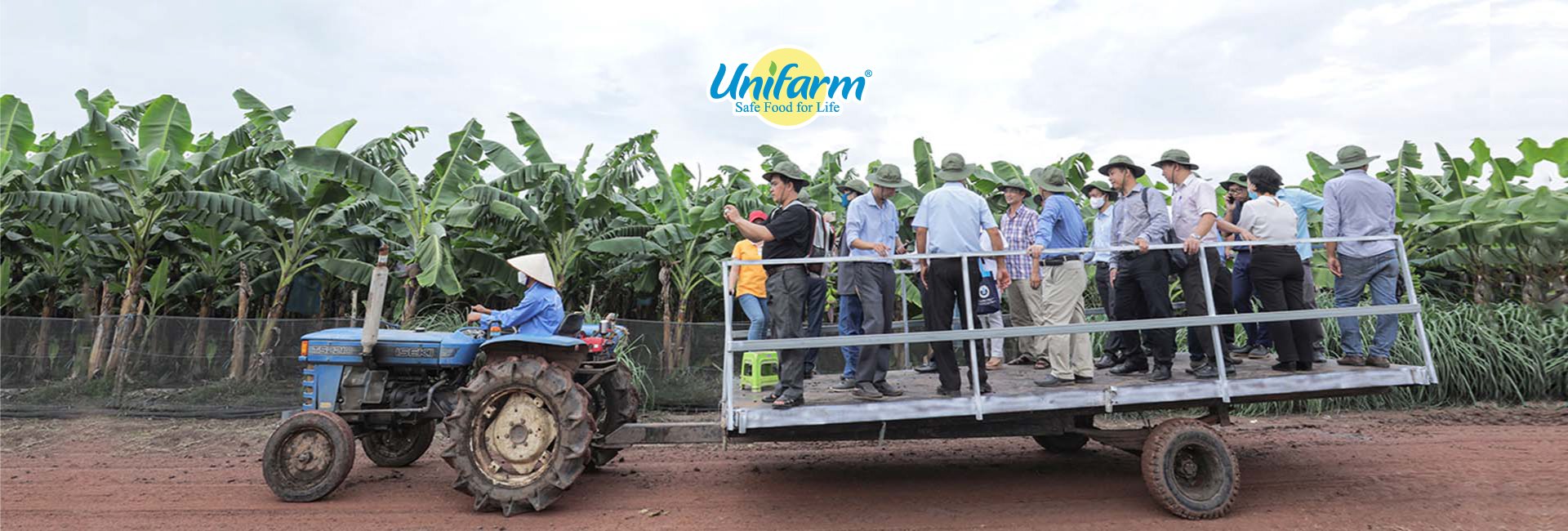Farming technique in Israel
Greenhouse farming has become the primary way for Israeli growers use to ensure stablity, supply quality products to the region, while minimizing the use of chemicals. This method helps to overcome the obstacles are set of the extreme climate and the shortage of water, land and water. The total area of greenhouses and net houses developed from 900 ha in the 1980s to 6,800 ha in 2002, which is 4,000 ha of vegetables and 2,800 ha of flowers that made up the average growth rate above 5-8% per year. The average scale of a farm for vegetable is 4 hectares and 1.2 hectares for flowers.
Greenhouses require high capital in both construction and maintenance, using widely to improve valuable crops such as flowers and vegetables. Toward the growers, it is the steady search for methods to modernize operations and increase economic efficiency.
Greenhouses allow farmers to monitor most production parameters including climate, fertilizers, biological checking for plant diseases and insects, and optimize soil use and distribute quantity throughout the growing season.
Israeli farmers successfully planted 3.5-4.5 million rose plants per hectare during the crop. On average about 400 tons of tomatoes/ha, four times the total harvest in the field. In addition, plastic structural greenhouses have been introduced for house of livestock and poultry with lattice structure.
Moreover, excepting traditional crops in greenhouse such as flowers and vegetables, the recent trials for fruit tree adaptations such as peaches, grapes, persimmons, bananas…in condition that is covered by plastic.
The plastic used to cover the greenhouse is mainly polyethylene with 3 or 5 layers, providing the cover with properties such as waterproof, dustproof and insect proof. Nowadays, the plastic bags are durable and resistant to saponins from sulfur used as pesticides in greenhouses.

Mushmelons are planted in the greenhouse at Unifarm
Plastic nets manufactured in ISRAEL are used in the covering structure as well as testing solar radiation and interference affecting plants and checking insect activity, filtering ultraviolet, infrared and reflecting the light to maximize the effect on plants. The outside covers include additives that prevent plant from absorbing water (anti-fog) and protect the outer bark against dedradation. The added variety of colors also helps to repel insects.
Mesh covering:
Tools: IPM that is mainly used in greenhouses or net houses is insect mesh, and it typically is the type of 50 meshes/cm2. These nets keep insects out without using any chemicals. Most flower and vegetable greenhouses are covered by anti-insect nets.
Insects carrying viruses affect adversely insects and methods of controlling them on land. There are many greenhouses have a mesh screen to prevent entering of insects and allow heat to escape beside the plastic film covering the outside. Other types of nets are used to create shade.
Advanced manufacturing methods have succeeded in producing nets for use as a complex sterilization screen. It could reduce radiation in the daytime and force heat to escape at night. The application of this new technique is particularly beneficial in areas where day and night temperatures are separated. This net is also used to cool the poultry house. New research conducted by Israeli scientists shows the advantages of netting on fruit trees such as apples, nectarines, persimmons, peaches and other leafy ornamentals.
Controling climate:
A technological innovation in Israel allows cooling greenhouses during the day and heat them at night with minimal investment in energy. This is implemented by using sprinkler systems that spray uniform drops of water and these systems are installed at the ends of the greenhouse. Throughout the day, these droplets regulate the heat from the greenhouse and even stay hot until evening, when the heat has dissipated. This method is used for corn, for ornamental plants, for plants that require high humidity.
Computerized greenhouse:
Computer hardware and software have developed in Israel allows automatically control.
Differentiated water system dynamics and climate in greenhouses. Software inventors maintain a close relationship with growers to understand the practical needs of production and to be able to apply the latest innovations in agricultural systems and provide the most advanced and effective solutions for the producer.




